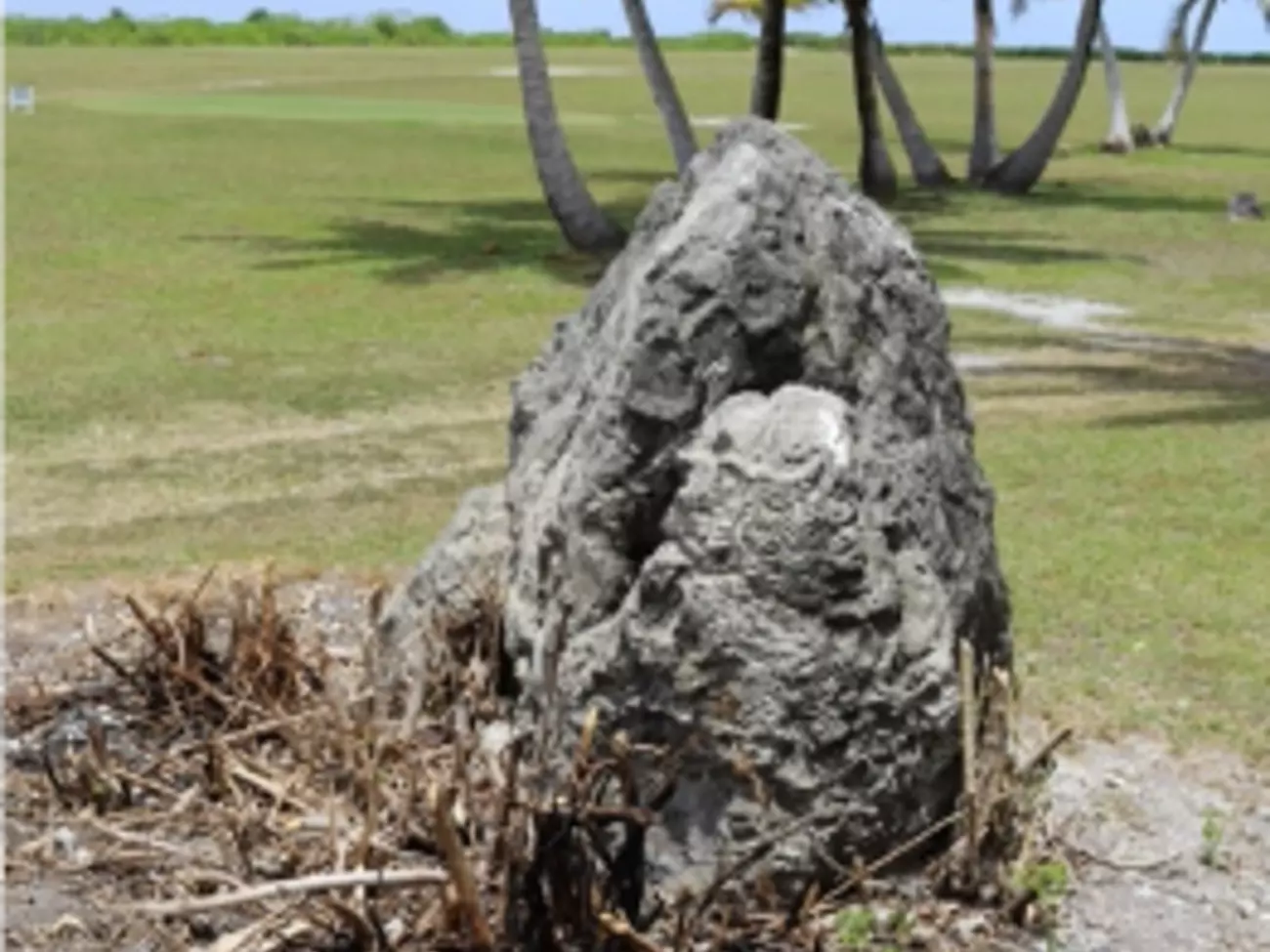Poaki Mōra`ora`o - “Reconciliation Rock”

The story of this rock is to reconcile the relationship between couples, so this rock is called “Reconciliation Rock”.
In the early days, the Are Karioi on Aitutaki would be a place for entertainment and can be the catalyst for causing problems for couples and especially for married couples. A common occurrence at the Are Karioi, is that it is a place for an errant husband (or wife) meet up for an extra marital affair and is usually caught in the ‘act’ by his wife (or her husband). The heartbroken spouse, mostly in the case of the wives, would immediately run towards the reef with the intent to commit suicide in dealing with the pain. Fortunately, the Reconciliation Rock is on the way to the shore; and a sense of hope allows for the heartbroken wife to pour out her heart in tears. Soon after, her naughty husband catches up with her and start to patch things up. The legend of the Reconciliation Rock is that the wife forgives her errant spouse; they reconcile and return home. Happy ending for all.
To this day, this Rock is also known as a place of distress. Recently it has been said, that if and when a couple goes through a relationship problem and with the proximity of the Reconciliation Rock to the nearby Aitutaki airport; the distressed spouse or partner would most probably choose to go straight to the airport, on the plane and off they go. There is no reconciliation on the island, but possibly may have to do this from far away where there is now “Space between us”.
...
`Akakoro`anga: i te `aka`oki i teta`i nga tangata i to raua pekapeka tāne e te va`ine.
Te autara o teia po`aki, ko te ngai teia i te `aka`oki i teta`i ngā tangata (tane e te vaine), i to rāua pekapeka. Ko teia po`aki`, ko te po`aki Mōra`ora`o.
I te tuatau mua, e aere mai ana te au māpū i Araura nei no te tāmataora i te Are karioi `i te pō. Te vai ra te ra`i `anga o te taime, `ē tupu ana te pekapeka tāne `e te va`ine `ī teia nga`i. Me teia te tū, kua `aere oki a pāpā ki teta`i va`ine kē, kua aere i reira `a māmā i te `e`eu mai e kua kitea ia e, tei korai i teta`i va`ine kē. I na, kua oro a māmā ki te akau, ka `aere ka `akanonoa i a ia. Kua `aere a ia i te tāpiri i a ia ki teia po`aki, kua tae mai i reira a pāpā. I reira rai kua `autaratara raua, me kua āriki a māmā i tā pāpā. Kua `o`ongi raua e kua `oki mai ki te kainga.
I teia rā, te autara ia nei e, ko teta`i `akakoro`anga o teia po`aki Mōra`ora`o, e nga`i tumatetenga. Me teia te tū, me tupu te pekapeka, e `ē topa ana teta`i ki reira e kāre te pekapeka `ī `au, no te vaitata ki te nga`i tō `anga pa`īrere; kua kake ki runga i te pa`īrere, kua reva – “Ei mareva i rotopu `ia taua”.